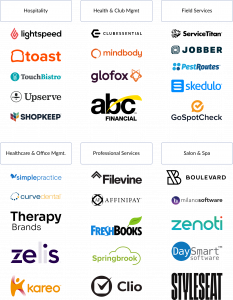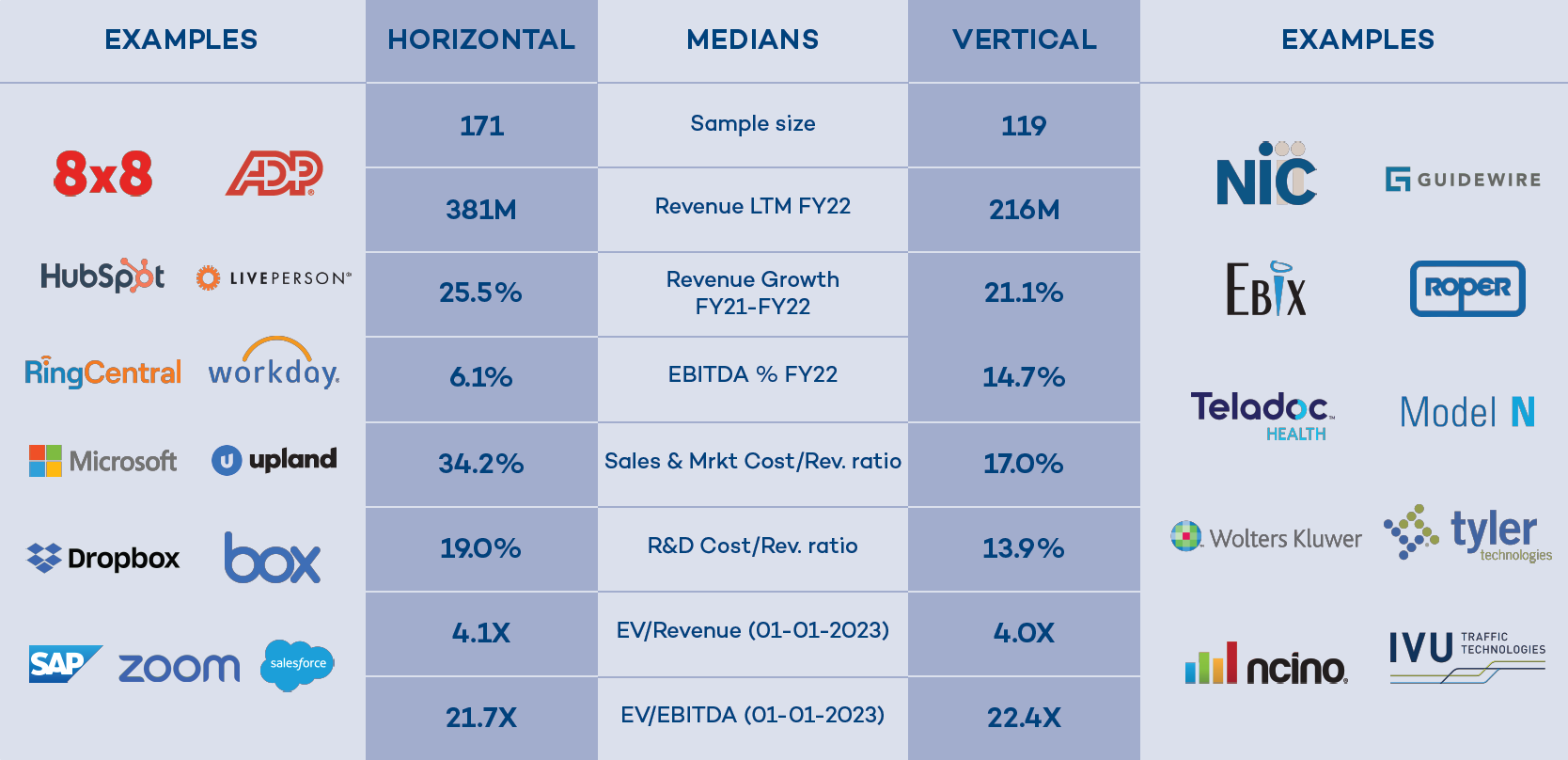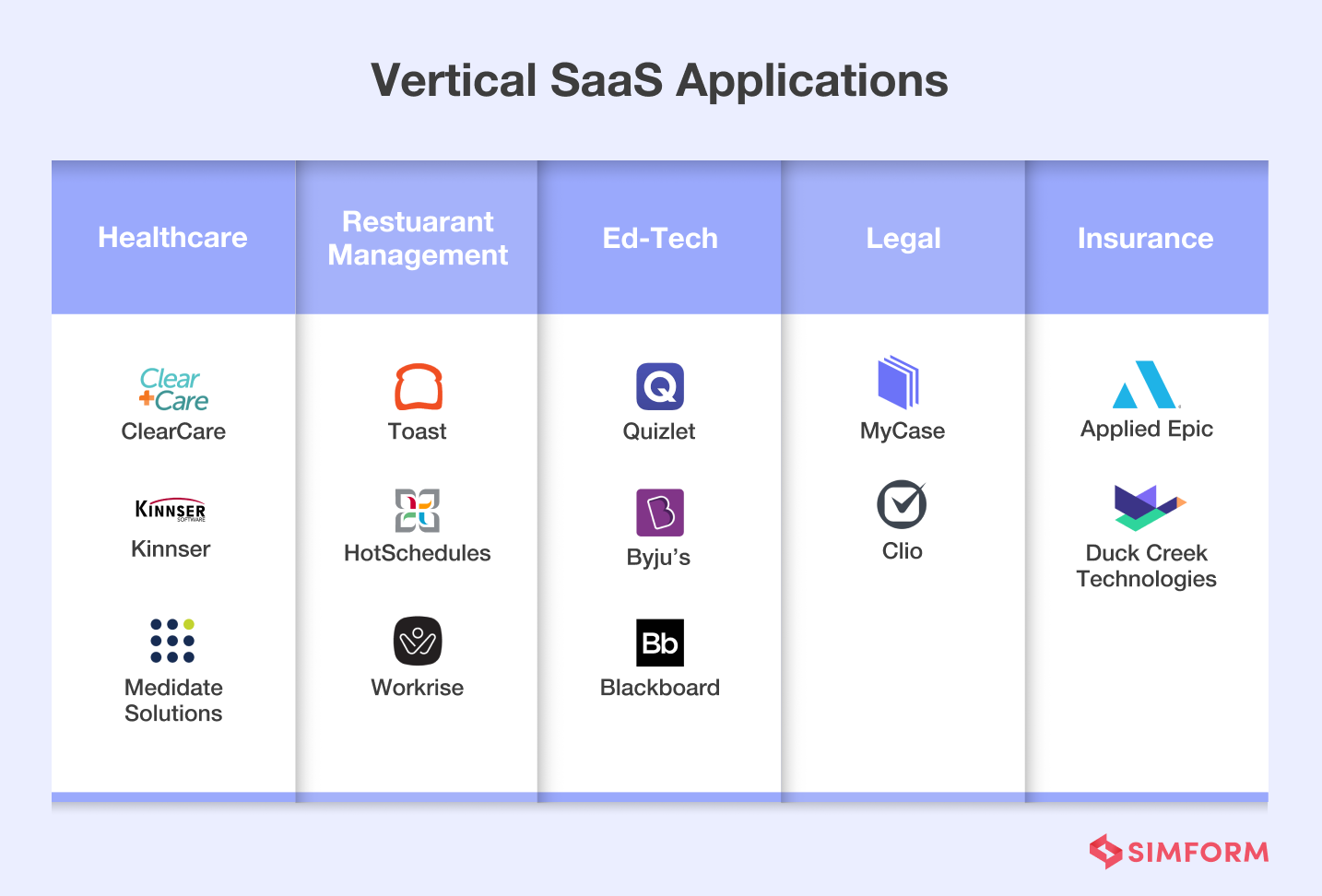The Rise of the Public Cloud and its Impact on Businesses
The past two decades have witnessed an unprecedented shift in how businesses operate, largely driven by the rise of public cloud providers. Giants like Amazon Web Services (AWS), Microsoft Azure, and Google Cloud Platform (GCP) have become indispensable partners for companies of all sizes, offering scalable, cost-effective, and flexible computing resources. This move away from on-premise infrastructure has fundamentally altered the landscape of business, enabling agility, innovation, and global reach in ways previously unimaginable.
Data Analytics and AI: Fueling Business Intelligence
Public cloud platforms have democratized access to powerful data analytics and artificial intelligence (AI) tools. These services, often offered as pay-as-you-go solutions, allow even small businesses to leverage sophisticated analytics to understand customer behavior, optimize operations, and predict future trends. This wealth of data-driven insights empowers better decision-making, resulting in increased efficiency and profitability. The ease of integration with various other cloud services further streamlines this process, making advanced analytics a reality for businesses that previously lacked the resources.
Enhanced Collaboration and Remote Work Capabilities
The pandemic accelerated the adoption of remote work, and public cloud platforms have played a critical role in facilitating this transition. Cloud-based collaboration tools, such as Microsoft Teams, Google Workspace, and Slack, have become essential for maintaining productivity and communication within distributed teams. These platforms offer seamless integration with other cloud services, allowing for efficient workflows regardless of location. This shift towards remote work, facilitated by the cloud, has altered organizational structures and redefined the concept of the modern workplace.
Security and Compliance in the Public Cloud
Security concerns were initially a major obstacle to cloud adoption. However, public cloud providers have invested heavily in robust security infrastructure and compliance certifications, addressing many of these concerns. They employ advanced security measures, including encryption, access controls, and threat detection, making their services often more secure than many on-premise solutions. Furthermore, compliance with industry standards like ISO 27001 and SOC 2 provides businesses with the assurance they need to confidently entrust their sensitive data to the cloud.
Innovation and Agility in the Cloud Ecosystem
The public cloud fosters a vibrant ecosystem of third-party applications and services, enabling businesses to quickly integrate new technologies and adapt to changing market demands. This agility is a crucial competitive advantage, allowing companies to rapidly deploy new features, scale their operations, and respond to emerging opportunities. The readily available infrastructure and readily deployable services reduce the time and resources needed for development and deployment, allowing businesses to focus on innovation rather than infrastructure management.
Cost Optimization and Scalability: A Competitive Edge
One of the most significant advantages of public cloud services is their cost-effectiveness and scalability. Businesses only pay for the resources they consume, eliminating the need for large upfront investments in hardware and infrastructure. This pay-as-you-go model allows companies to scale their resources up or down as needed, adapting to fluctuating demands and optimizing costs. This flexibility is particularly beneficial for businesses experiencing rapid growth or seasonal fluctuations.
The Future of Business: Cloud-Native and Beyond
Looking ahead, the influence of public cloud giants will only continue to grow. The rise of cloud-native applications, designed specifically for cloud environments, will further enhance the efficiency and scalability of businesses. Moreover, emerging technologies like serverless computing, edge computing, and quantum computing will be delivered and accessed largely through public cloud platforms, shaping the next generation of business applications and solutions. The future of business is inextricably linked to the ongoing evolution of the public cloud. Read more about public vertical SaaS companies.








